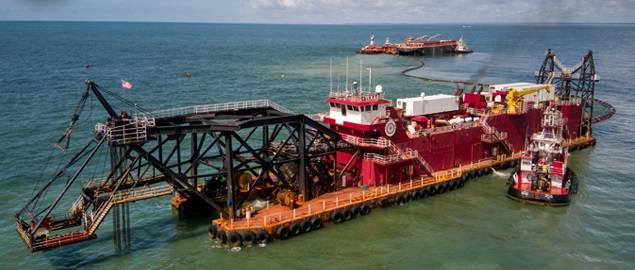

On a recent gray January morning, they were working a section of the upper Chesapeake Bay off Rock Hall on the Eastern Shore.Ĭapt.

“And that's really just us partnering with academic institutions or other scientists in the region to identify knowledge gaps when it comes to blue crabs and help to fill those knowledge gaps,” McClair said. They use the results to develop a management program and then they do research. Genine McClair, who runs the Maryland Department of Natural Resource’s blue crab program, says the survey is the first of three steps. “If we tried to do the same thing and get an estimate during the summertime, it'd be impossible.” Miller said that winter is ideal because, “this is the only time of the year that they're not mobile,” he explained. Shaun Miller, a biologist with Maryland’s Department of Natural Resources, says they have to do it in the winter because that’s when crabs hibernate, when they “bury themselves in the mud.” State employees use the information they get to develop harvest regulations for commercial crabbers. Workers are dredging the muddy bottom in the water for crabs, not for the steamer, but for research. Every year about this time, crews from Maryland’s and Virginia’s natural resources departments head out onto the Chesapeake Bay and its tributaries on boats.


 0 kommentar(er)
0 kommentar(er)
